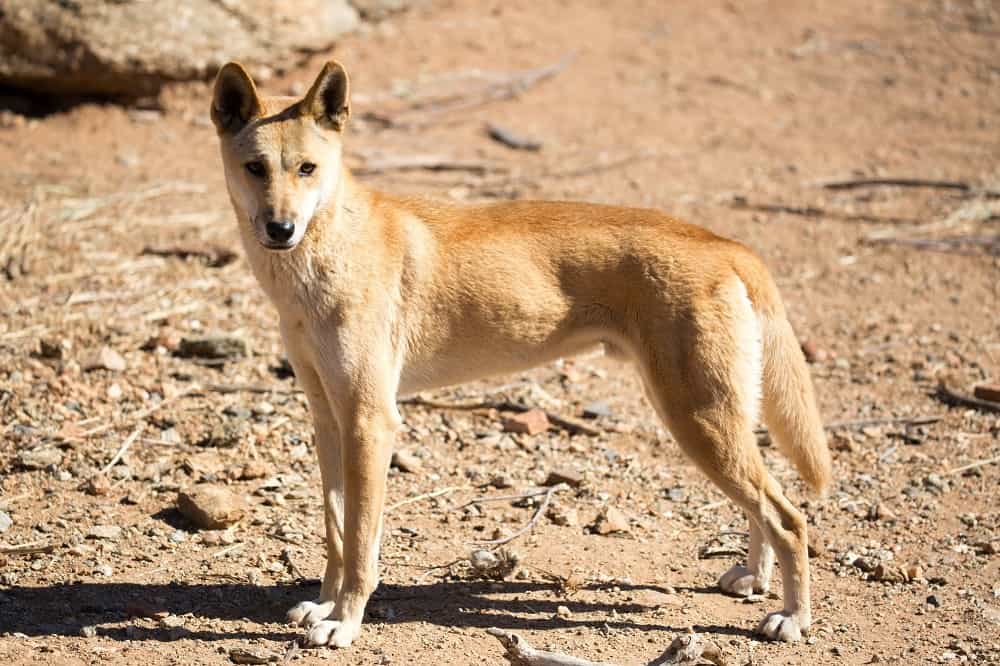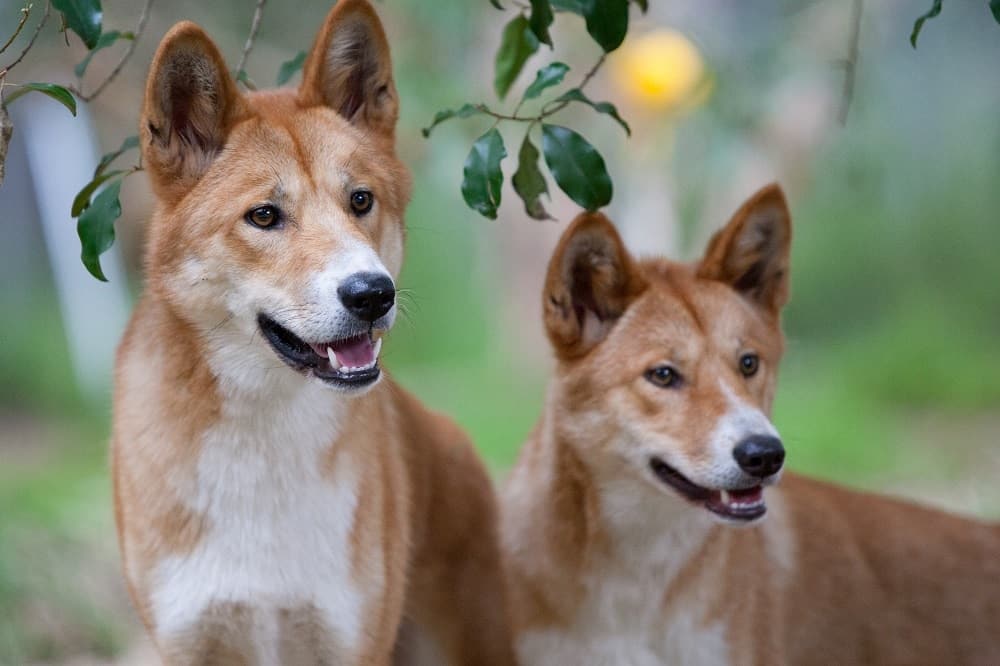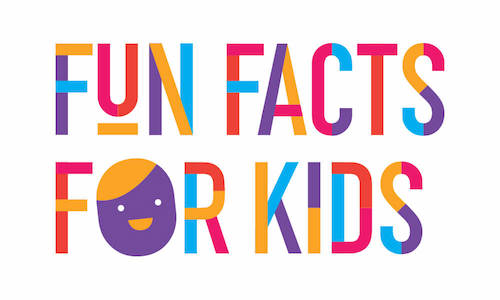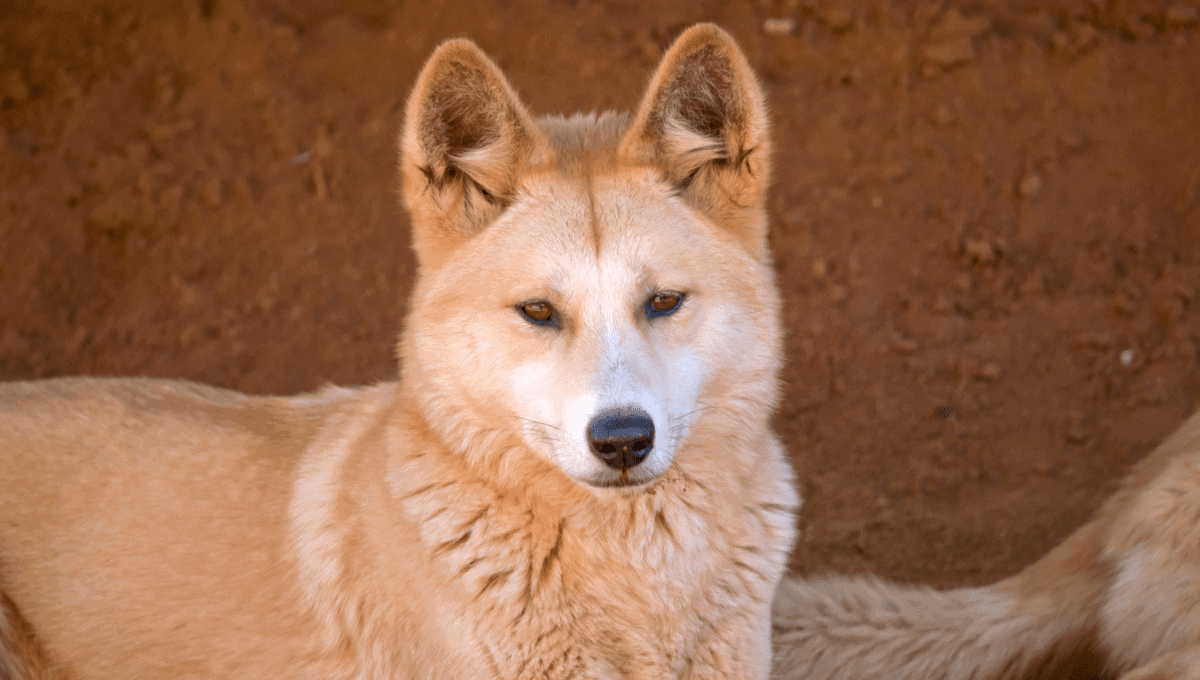Looking for some great dingo facts for kids? Whether you’re doing research for a school presentation or you just love learning about Australia’s animals, this post about interesting dingo facts will tell you everything you need to know and more about dingoes!
FACTS ABOUT THE DINGO
The dingo dog breed is a type of wild dog that can be found in Australia and parts of Asia.
When you think of dingoes, you might imagine a dingo on the beach of Fraser Island in Queensland where their tan-coloured fur blends into the natural sandy landscape. This is the iconic image of a dingo living in a protected environment. Dingoes live in lots of other locations around Australia, too.
In this article we’ll cover facts about dingoes, we’ll answer lots of your questions about dingoes, we’ll cover what threats do dingoes face and we’ll also answer the important question: are dingoes dangerous?
Read on to enjoy these interesting facts about dingoes…
FACTS ABOUT DINGOES: WILD DOGS IN AUSTRALIA

Here are some quick-fire dingo facts for kids to get you started:
- Dingoes are thought to be the oldest breed of dog in the world.
- Dingoes can sometimes bury their food and hide it, just like your pet dog might do!
- The dingo fence or dog fence was built in Australia from 1880 – 1885 to keep dingoes off the fertile land and protect flocks of sheep. It stretches over 5500km and is the longest fence in the world – it’s even longer than the Great Wall of China!
- Dingoes are driven by a strong force of nature – they are wild creatures and do what they need to do to survive whether that is around protecting their family or hunting for food. For this reason, they must be respected.
- Dingoes are naturally cautious animals and can easily be frightened.
- Dingoes love to play in their packs and often play fight just like dogs do.
- Dingoes communicate in many ways and one of them is through their body language, just like a domestic dog. Things like posture and their ears can tell you a lot about what the dingo is thinking.
- As natural predators, dingoes have an acute sense of hearing, smell and sight. This helps them hunt their prey and stay agile.
- The scientific name for Australian wild dingoes is Canis lupus dingo.
- Dingo coats vary depending on their environment – dingoes living in cooler climates have much thicker fur coats to keep them warm and toasty.
- Dingoes are agile animals – they can rotate their wrists, jump up to two metres in height and they can run fast – up to 60kmph! They can even climb trees and squeeze into narrow gaps as their head is their largest part of their body (so once they get their head through, the rest of their body can follow!) This all makes them great hunters.
- Dingoes have larger canine teeth than domestic dogs.
If you would like some dingo stickers to embellish your project for school click here.
QUESTIONS ABOUT THESE WILD DOGS IN AUSTRALIA
Let’s jump into some of the most important questions that will teach you some dingo facts for kids…
Do dingoes live in packs?
Dingoes are mammals that live with up to 12 dogs in groups called packs (although some male dingoes choose to live solitary lives).
There is a hierarchy in the dingo packs. The packs have a similar social structure to wolf packs where they’re led by a dominant male and female.
The order of ranking in the dingo pack is determined by their aggressive behaviour with the most dominant dingo being the leader of the pack. This means dingoes don’t all lead an equal life – some lower down the pecking order lead a more challenging life where they get access to less food. The pack is important though both for the social element and for safety.
What do dingoes look like? How big is a dingo?
Dingos are medium-sized wild dogs and their colouring reflects the landscape where they live so they can blend into the natural environment.
Dingoes come in a range of different colours. They can have orange, red, tan, black or white coloured fur.
Most dingoes have white markings on their paws which look a bit like socks. They also often have white tips on their tails and on their chests. These different markings help identify them.
Australia’s largest carnivore has pointed ears (important for hearing what is going on all around them and for communicating) and a long muzzle. Although they look a lot like dogs, dingoes have a lot more in common with wolves than dogs.
Are dingoes native to Australia?
The Queensland Museum has found the origins of dingoes can be traced right back to a South Asian variety of grey wolf. While the oldest archaeological proof confirms their arrival in Australia over 3500 years ago, other studies suggest they may have been in Australia for much, much longer than this. There is still a lot to learn about the history of the dingo.
Now, dingoes are considered to be native to Australia and they can be found across much of mainland Australia.
Dingo habitat: Where do dingoes live?
The dingo habitat varies across mainland Australia. Some live in deserts, forests, mountains and grassland. Dingoes are an adaptable species but they prefer to live in the cover of woodland and areas beside forests for shelter and access to food and water.
Dingo packs tend to stick to a particular territory and they leave their scent around to mark their territory.
Dingo diet: What do dingoes eat?
Dingoes are carnivores, often eating rodents, kangaroos, wombats and wallabies. They will also eat lizards and fish, and they even eat fruit, nuts and grains occasionally.
Dingoes are opportunistic creatures that will scavenge for food. If they hunt for larger animals, such as water buffalo or kangaroos, they do so in their packs or by forming a group with other lone dingoes so they can work together.
There have been cases with dingoes harming humans (mainly children due to their size being less intimidating to them) although these cases are rare. Again, this reinforces their opportunistic nature when it comes to hunting.
How long do dingoes live?
A wild dingo has a lifespan of 5 – 10 years, although in zoos they can live up to 20 years.
Can dingoes be pets?
Dingoes don’t make good pets. They are wild dogs and don’t behave like domesticated dogs. There are lots of regulations around keeping a dingo as a pet and it varies across states and territories.
Dingoes are wild animals and should remain wild and appreciated from a distance.
What sound do dingoes make?
A dingo doesn’t bark like a dog. Instead, they make a dingo howl sound like a wolf, or they can make a short, harsher barking sound occasionally. Howling is their way of communicating with the pack or warding off intruders.
What about dingo babies?
Dingoes are thought to be monogamous animals which means once they find a partner, they mate and stay together for life.
A female dingo breeds once a year between March and June. The gestation period for dingo babies is around nine weeks.
The female dingo gives birth to her dingo pups in a cave or cosy shelter or burrow. Between four and six dingo puppies will be born and they feed milk from their mum for their first two months in the world.
Usually only the dominant male dingo in the pack will get the chance to breed. The other males will provide protection of the den and feeding duties and they support the dingo pups as they start living with the pack. At the age of between three and four months old, the dingo puppies begin hunting and learning the important rules of the pack.
A female dingo can be aggressive when her pups arrive – she wants her puppies to survive and will do what it takes to protect them from any danger. It’s especially important to avoid coming close to dingoes during this time.
What is the cultural significance of dingoes?
Dingoes hold a strong cultural significance to Aboriginal and Torres Strait Islander communities and they feature prominently in Aboriginal mythology.
Dingoes are believed to live in the physical and spiritual realms, and as such they were used as guardians for camps due to their ability to identify evil that can’t be seen by the human eye.
In traditional Aboriginal society, dingo puppies were taken from their mums and semi-tamed. Dingoes not only provided protection for women and children, but they gave warmth as they were a living fur blanket.
Dingoes have a natural ability to find water so this was a useful skill that has been well-documented.
It was the arrival of the First Fleet bringing with it sheep and livestock that issues began to arise. With no fencing to secure the animals, they were vulnerable to dingo attacks thus began measures to eradicate dingoes because of the threat they posed to the animals.
Are dingoes endangered and what is being done to protect dingoes?

Dingoes are listed as a vulnerable species. It is not fully understood how many pure breed dingoes are left in the world as there has been interbreeding with domestic dogs so it’s difficult to gauge.
In national parks, World Heritage areas, reserves and in some states and territories of Australia, dingoes are protected by law. However, some regions consider dingoes a pest so attitudes towards them is mixed.
A big threat to dingoes is loss of their habitat as the landscape develops but they are generally good at adapting to change.
Another threat for dingoes is from humans feeding them. This means dingoes may lose their natural fear of people and this can have repercussions with dingoes expecting food which can lead to dangerous behaviour around people.
There have been cases where dingoes have had to be euthanised due to biting people at campsites while looking for food sources.
Dingoes in the wild
Unfortunately, dingoes are thought to be to blame for the decline, and even extinction, of some Australian native species. It is thought that wild dogs might be responsible for the mainland extinction of the Tasmanian tiger as well as the decline in a range of mammal, bird and reptile species. Dingoes also pose an ongoing threat to farm animals and domestic pets.
However, wild dingoes also keep down the numbers of rabbits, feral pigs and other pests so it’s a fine balance. Dingoes are an integral part of our ecosystem in Australia.
Attempts to control dingo numbers haven’t fully fixed the issues presented from dingoes damaging wildlife and livestock. There are organisations that seek to protect dingoes and find more sustainable ways to keep farm animals and local wildlife safe.
Are dingoes dangerous?
Dingoes are wild animals and. like many wild animals. they have the potential to be dangerous. However, instances of attacks on humans are rare.
There are some things you should do to stay safe in an environment where dingoes live.
- Keep children, babies and toddlers close by and never leave them unattended.
- Don’t try to feed the dingoes or pat the dingoes.
- Keep your camping area clean and free from food scraps.
- Don’t approach or try to touch a dingo.
- Ensure that your camp area is as secure as possible – don’t leave van doors wide open or tent doors unzipped.
- If you see a dingo, don’t approach it – keep your distance.
Remember: Dingoes are wild dogs. If you’re going camping somewhere that dingoes live, it’s you who is in their environment. They will be inquisitive and they could be lured by the thought of some easy food scraps. Be sensible, take some precautions and listen to local advice.
FUN DINGO FACTS FOR KIDS
If you are wanting more facts for kids about dingoes, why not visit your local wildlife venue or zoo to find out more. You can even meet a dingo up close at Australia Zoo as they’re taken on their daily walk around the grounds so this is a great opportunity to meet the keepers and ask some questions about dingoes.
I hope you enjoyed these fun dingo facts for kids!
If you found this post about facts for kids about dingoes useful, please give it a share.
You can find many great books about dingoes to help you with your school project here.
MORE FACTS FOR KIDS
If you enjoyed these dingo facts then you’re going to love our other facts for kids posts. Check some of them out below!
Animal facts for kids
- Ant Facts for Kids
- Crocodile Facts for Kids
- Dolphin Facts for Kids
- Echidna Facts for Kids
- Bee Facts for Kids
- Australia’s Deadliest Animals Facts for Kids
- Cheetah Facts for Kids
- Endangered Animals Facts for Kids
- Kangaroo Facts for Kids
- Quokka Facts for Kids
- Possum Facts for Kids
- Koala Facts for Kids
- Dog Facts for Kids
- Cat Facts for Kids
- Butterflies Facts for Kids
- Turtle Facts for Kids
- Penguin Facts for Kids
- Whale Facts for Kids
- Wolf Facts for Kids
- Sustainability Facts for Kids
- Recycling Facts for Kids

